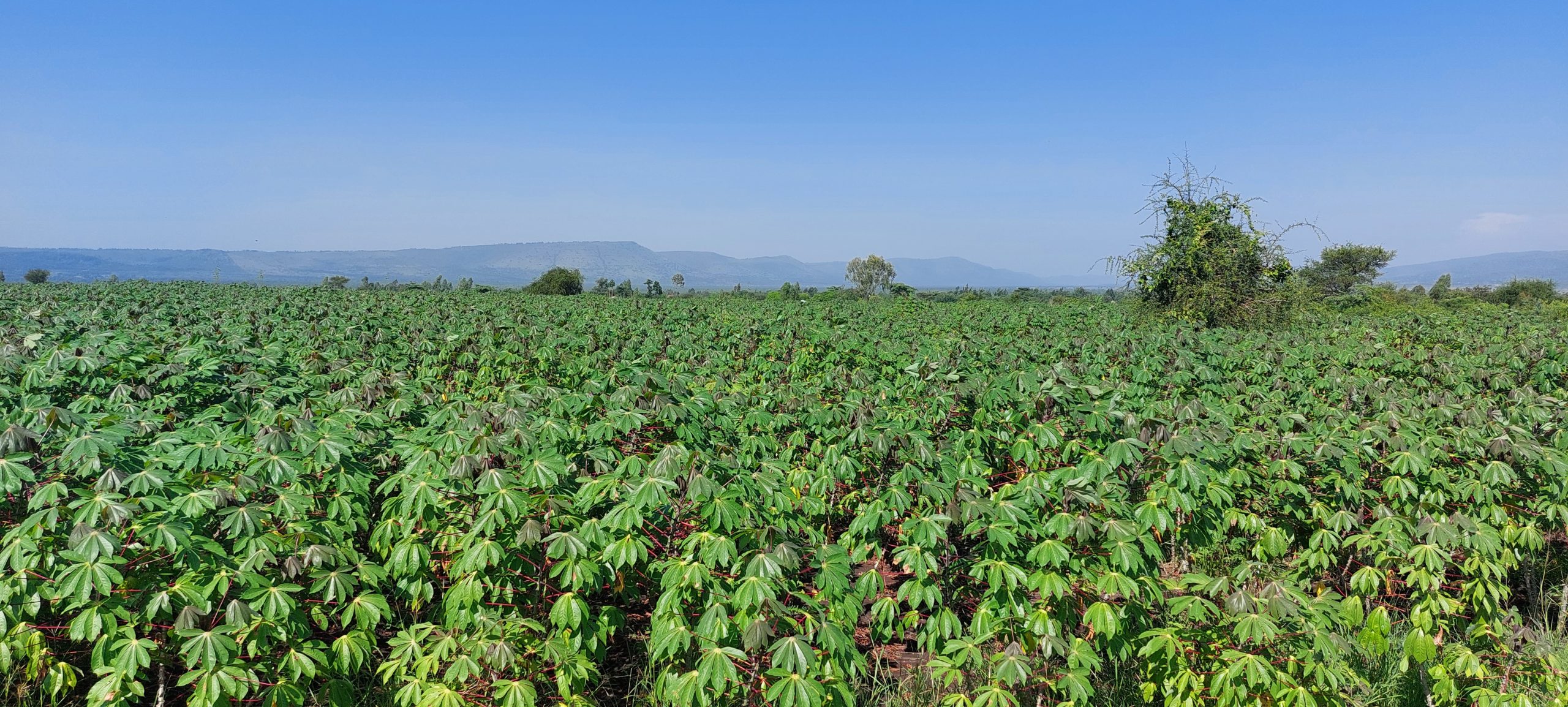Cassava is a climate-resilient root crop, but its performance greatly depends on the variety used. At Lactone Investments, we focus on multiplying and distributing improved cassava varieties that are sweet, early maturing, and have enhanced tolerance to drought and common diseases such as Cassava Mosaic Disease (CMD) and Cassava Brown Streak Disease (CBSD).
1. Drought Tolerance
Improved varieties like Selina, Mwavuli, and Umoja have deeper and more extensive root systems, enabling them to access moisture from deeper soil layers during dry periods. These varieties also have a physiological ability to conserve water through reduced leaf transpiration and can go dormant in prolonged drought, then resume growth when conditions improve—making them ideal for semi-arid areas like Lambwe Valley.
2. Early Maturity
Traditional cassava can take up to 18 months to mature, but improved varieties mature in 8–12 months. Early maturity gives farmers flexibility to plan around rainfall seasons and reduces the risks of crop loss due to prolonged drought or pest infestations. It also means quicker income and food availability, which is crucial for food-insecure households.
3. High Yield and Starch Content
These varieties not only resist harsh conditions but also produce higher root yields and contain more starch, making them suitable for food, feed, and processing into flour, chips, and industrial starch.
4. Low Cyanide Content (Low Toxicity)
Some cassava varieties naturally contain cyanogenic compounds that can be toxic if not properly processed. Our certified varieties are bred to have low cyanide levels, making them safer for household consumption and reducing health risks, especially among vulnerable groups such as children and pregnant women.
